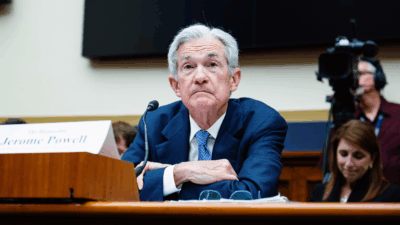
Sign up for smart news, insights, and analysis on the biggest financial stories of the day.
Yesterday The International Monetary Fund published a decidedly upbeat outlook for the global economy.
The IMF now projects global GDP to bounce back by 5.5% this year, up from the last forecast of 5.2% last fall.
Meticulous vs. Stimulus
Last week we wrote about how China was the only major economy to eek-out GDP growth in 2020.
By 2022, the IMF projects China’s economy will be just 1.5% smaller than was projected before the pandemic. Then there’s the United States — which the IMF believes will be the least-scathed of all the major economies — with only a 1.3% drop in 2022 GDP vs. pre-pandemic estimates.
Of course, the two economic superpowers right-footed their respective economies with drastically different approaches:
- China leveraged its state apparatus to enforce thorough lockdowns that snuffed out the virus. By the fourth quarter, it was back to pre-pandemic growth levels.
- Stateside, lawmakers and regulators broke out the printing press, summoning $4 trillion in grants, loans, and tax breaks in 2020.
What About Elsewhere? Across the globe the IMF assigned more favorable projections to countries with 1) better access to vaccines and 2) the ability and willingness to deploy a metaphorical fiscal bazooka. Overall, emerging markets and countries more reliant on tourism (southern Europe) are expected to experience a more prolonged downturn.
The Nuance
The playing field is, of course, not even.
The IMF warns that “stronger-than-expected recovery masks significant disparities between high-skilled workers and their less-educated counterparts.”
The IMF also warned that nearly 90 million people are likely to fall below the extreme poverty threshold during 2020-21.
The Takeaway:
Faster progress on ending the health crisis will raise global income cumulatively by $9tn over 2020 to 2025, with benefits for all countries, including around $4tn for advanced economies.











